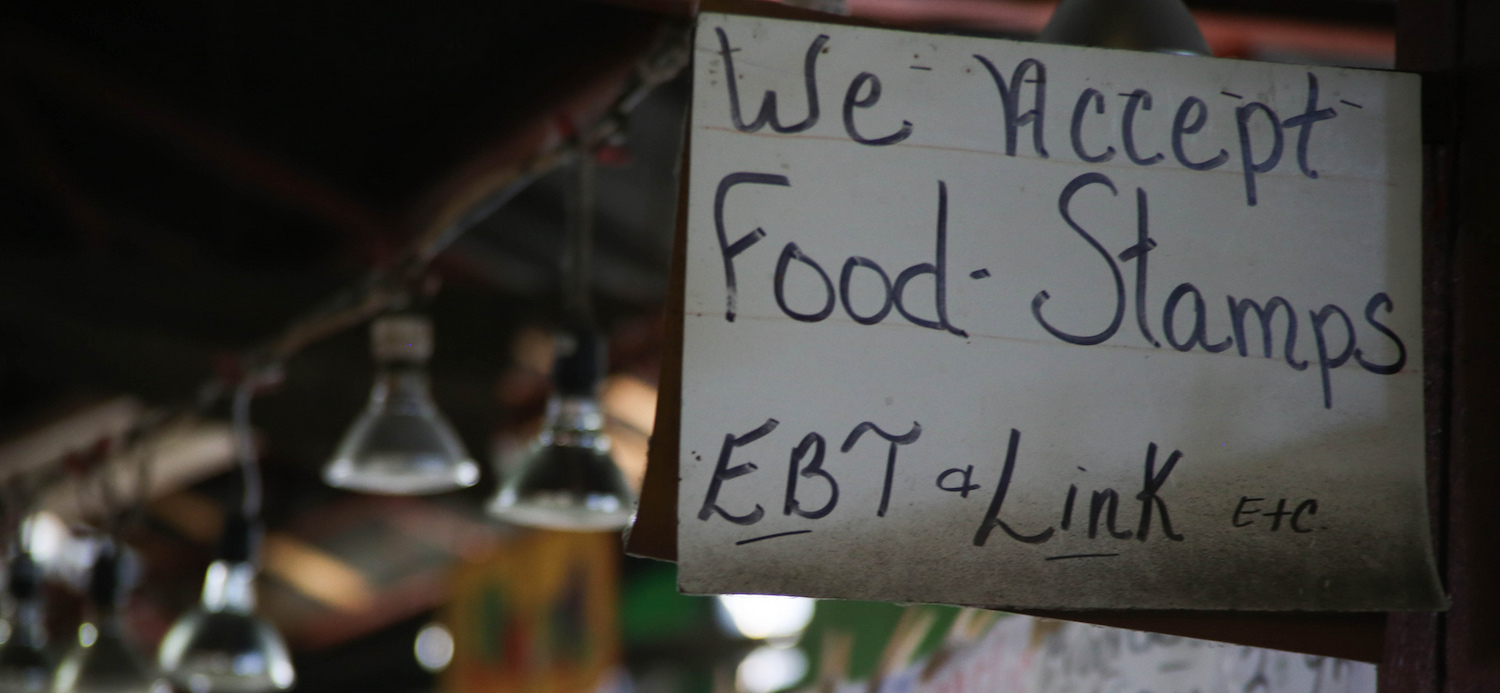
UPDATE, October 2, 5:25 p.m., EST: By an 8-5 vote, the Washington, D.C. Council has voted to overturn Initiative 77, effectively killing a wage increase for tipped workers. Voters passed the initiative in June by a margin of 10 percent.
On Tuesday night, Washington, D.C. voted to eliminate a subminimum wage for waiters, busboys and bartenders, with voters saying yes to Ballot Initiative 77 by a 55-45 percent vote. The initiative increases the minimum wage for tipped workers from $3.33 an hour to the city’s standard minimum wage of $15, to be fully phased in by 2026.
With the vote, D.C. becomes the first city in America to end the tip credit and enforce the same minimum wage for all workers. The practice is already banned in seven states—but in the others, restaurants can pay tipped workers sub-minimum hourly wages, as low as $2.13. The thinking is that tips from customers will make up the difference. Generally speaking, the tip credit applies to restaurant workers who spend most of their time in “front of house” roles, working directly with customers. Outside of restaurants, affected workers can include valets, nail salon workers, and car washers.
More action is coming: The state of New York is considering a similar measure, and has been holding public hearings this summer, with the final stakeholder meeting next week. Meanwhile, Minnesota, which banned the tip credit in 1984, is considering reinstatement. As it continues to gain steam, the ongoing debate over the policy continues to reveal the fault lines of American culture—class, race and income.
Proponents, which include the National Restaurant Association, say the tip credit is needed to keep restaurants open. Without it, they say, the higher payroll costs will force more restaurants to close or lay off workers. Other supporters include some servers who say the system works fine, in fact allowing them make a better living than they might on a standardized hourly wage.
But opponents of the tip credit—like Restaurant Opportunities Center United, which organized the 77 campaign—say the tipped minimum leads to worker exploitation, particularly of immigrants. Oftentimes, their wage plus tips don’t add up to the minimum wage, and managers don’t make up the difference. Other detractors include academics who point out that restaurants flourish in states without tip credits, notably California.
The tip credit continues to be bitterly divisive, probably because it involves race and money. Pundits have noted that, in D.C., the votes for Initiative 77 fell neatly down lines of race, creating an almost exact map of the District’s racial segregation. Wealthy white voters opposed the bill. Black voters supported it.
The dynamic has been playing out in public hearings in New York State, as it prepares to adopt a similar measure. The state’s first public hearing, held in April at a university in Farmingdale, Long Island, was similarly divisive, with the auditorium split evenly between white supporters of the tip credit seated on one side, and Latino opponents seated on the other.
Bartenders, waiters and restaurateurs, some of whom drove in from Saratoga Springs, in upstate New York, begged representatives from the state Department of Labor not to abolish the tip credit, explaining that they relied on tip money to put themselves through college, pay off loans, and buy homes. They fear that higher wages will lead to smaller tips.
“A huge swath of servers are college educated, and we choose to do this because we like the flexibility and we like the money,” Joshua Chaisson, a Maine server-turned-tip credit activist, said.
Spanish-speaking waiters, bussers and car washers, who said the tip credit led to exploitation and lower wages, were jeered when they used translators.
“I go home with 80 dollars a day,” said Jocelyn Paniagua, a Spanish-speaking waitress, through an interpreter.
“Cry me a river,” a supporter scoffed.
Other meetings held in Buffalo, Syracuse and Albany have been less rancorous, but they have also been notably less diverse—marked by homogenous crowds of white tip-credit supporters.
In some ways, it’s not surprising that battles over the tip credit turn out to hinge on issues of race. Seventy-eight percent of restaurant waiters are white, according to the Bureau of Labor Statistics. While minorities are overrepresented in food service, they tend not to benefit from the big tips earned by some servers. Twenty-eight percent of bussers and 35 percent of cooks are Latino—but only 20 percent of waiters. Black Americans, meanwhile, are overrepresented in the kitchen, and underrepresented in the front of house—making up only nine percent of servers.
For restaurant workers who aren’t waiters or bartenders, tip-credit initiatives may have an additional silver lining. As part of 2018’s omnibus spending bill, President Trump’s Department of Labor decided to make tip-pooling great again, amending the Fair Labor Standards Act to allow the practice under certain circumstances. Guidance issued by the Department of Labor in April says that, in restaurants where employees are paid the full minimum wage, cooks and dishwashers can partake in a tip pool. That’s a major change—something that wasn’t allowed under President Obama.
If the city does away with the tip credit, that guidance would apply to all kitchen workers in Washington, D.C., a spokesman with the Department of Labor told the New Food Economy—meaning that the city’s cooks and dishwashers would be the first on the East Coast legally allowed to participate in tip pools.
Right now, the guidance applies only in the seven states without tip credits—and, theoretically, in any restaurant where management pays their servers and bartenders a full wage before tips.
Restaurateurs in California have embraced the law. If the six other states catch on, it could mark a huge shift for the restaurant industry. Cooks and dishwashers are notoriously underpaid, and those low wages likely contribute to the seemingly unending cook shortage in major cities. Supplementing meager wages with some of the tips from Friday night dinners or Wall Street lunches could be a game-changer, and solve the industry’s earnings inequities—the problem that’s tearing restaurants apart.
Surprisingly, tip pooling with cooks—an unexpected side effect of killing the tip credit—is the one area where both the opponents and supporters of Initiative 77 say they align.
Angelo Amador, an attorney for the National Restaurant Association—which usually opposes measures like Initiative 77—says kitchen workers should be allowed to participate in tip pools. Statutes in New York and Massachusetts that specifically ban tip pooling could be discriminatory, he says, particularly since cooks and dishwashers are disproportionately minorities.
“Maybe those two laws are in need of a legal challenge,” he says, in an email to the New Food Economy.
ROC United agreed.
“This brings more equity into the restaurant industry, and the DOL rule was one of the policies we support, because of the persistent gender and racial disparity between front and back of the house,” a spokesman wrote in an email to the New Food Economy.
We may never know how much power Initiative 77 has to bring about a more equitable workplace—because it’s unlikely that D.C.’s City Council will enforce it. Most members on the council opposed the measure, and they are the body with the power to alter it, or ignore the measure altogether.
“I don’t think 77 will take effect, ever,” says Justin Zelikovitz, a D.C. wage and hour attorney who represents restaurant workers. “The city council has very clearly indicated that they will not uphold it. It’s not gonna happen.”









